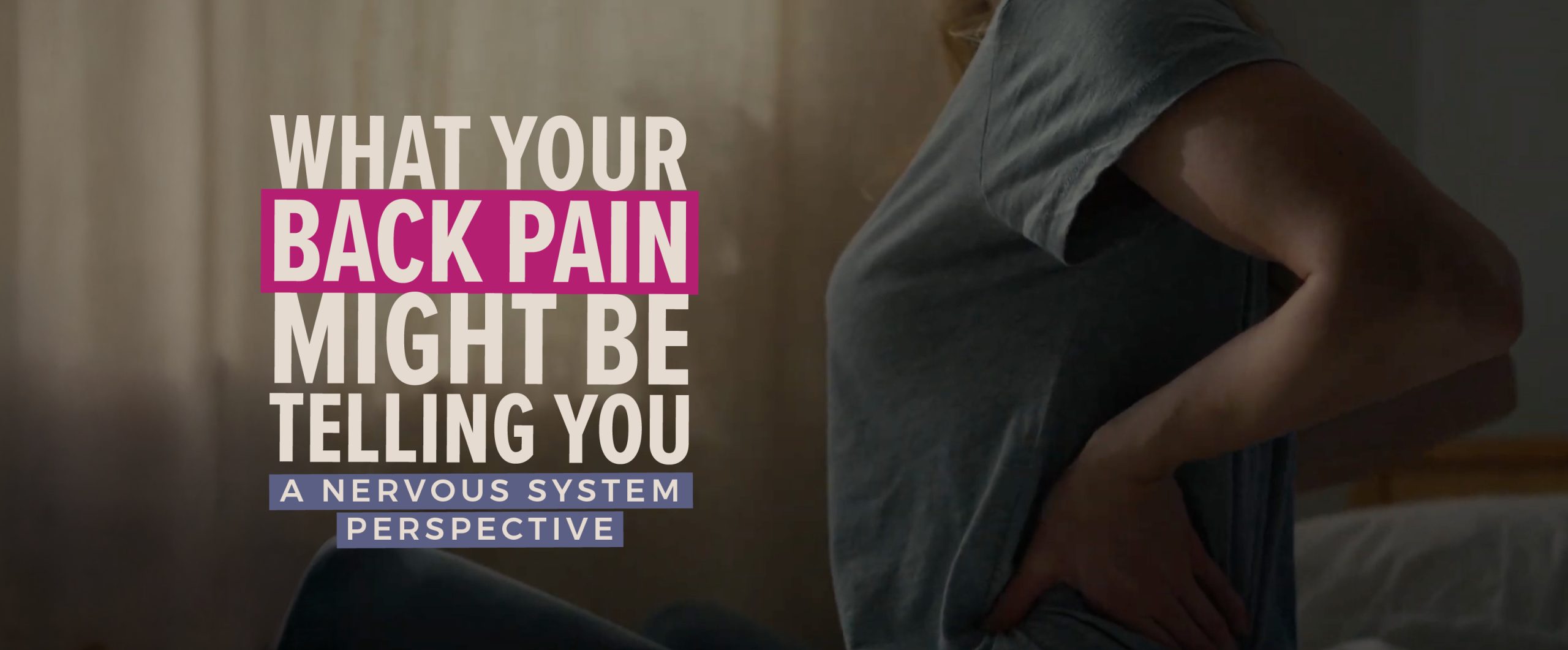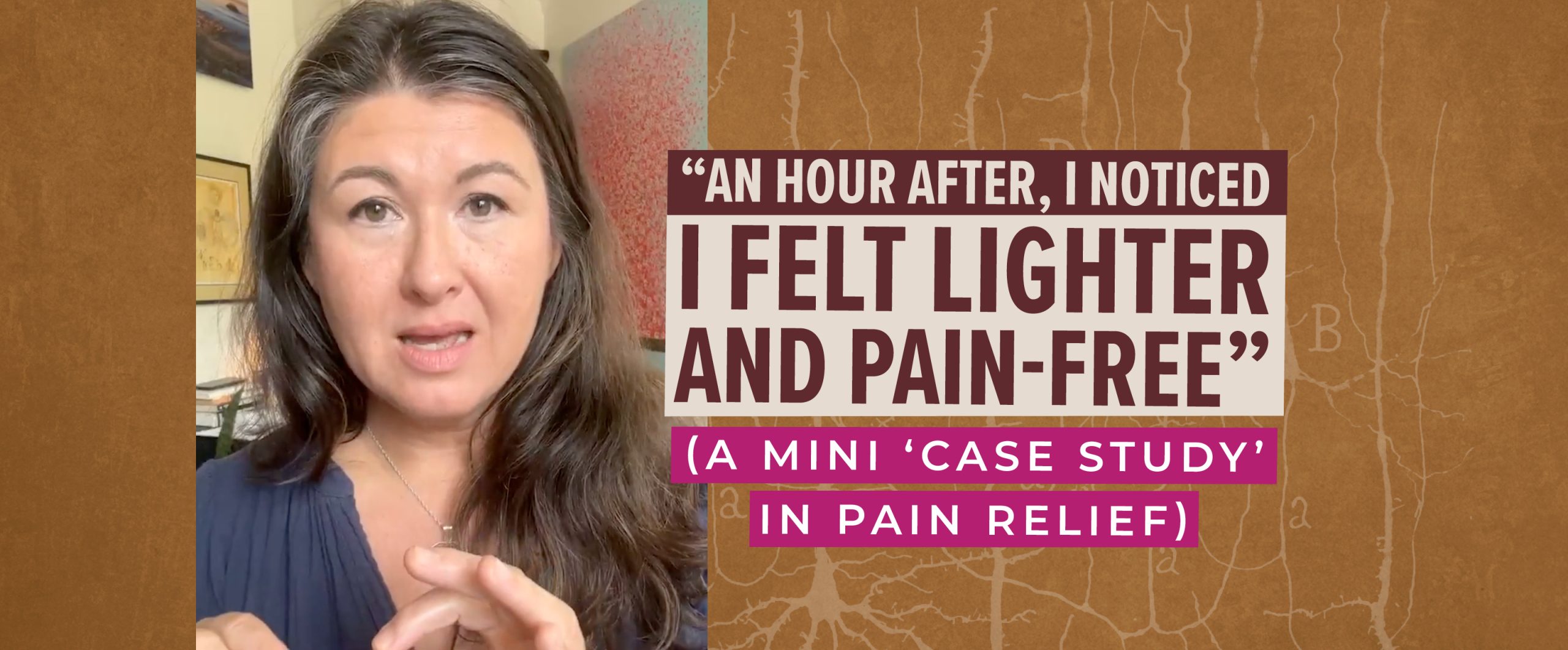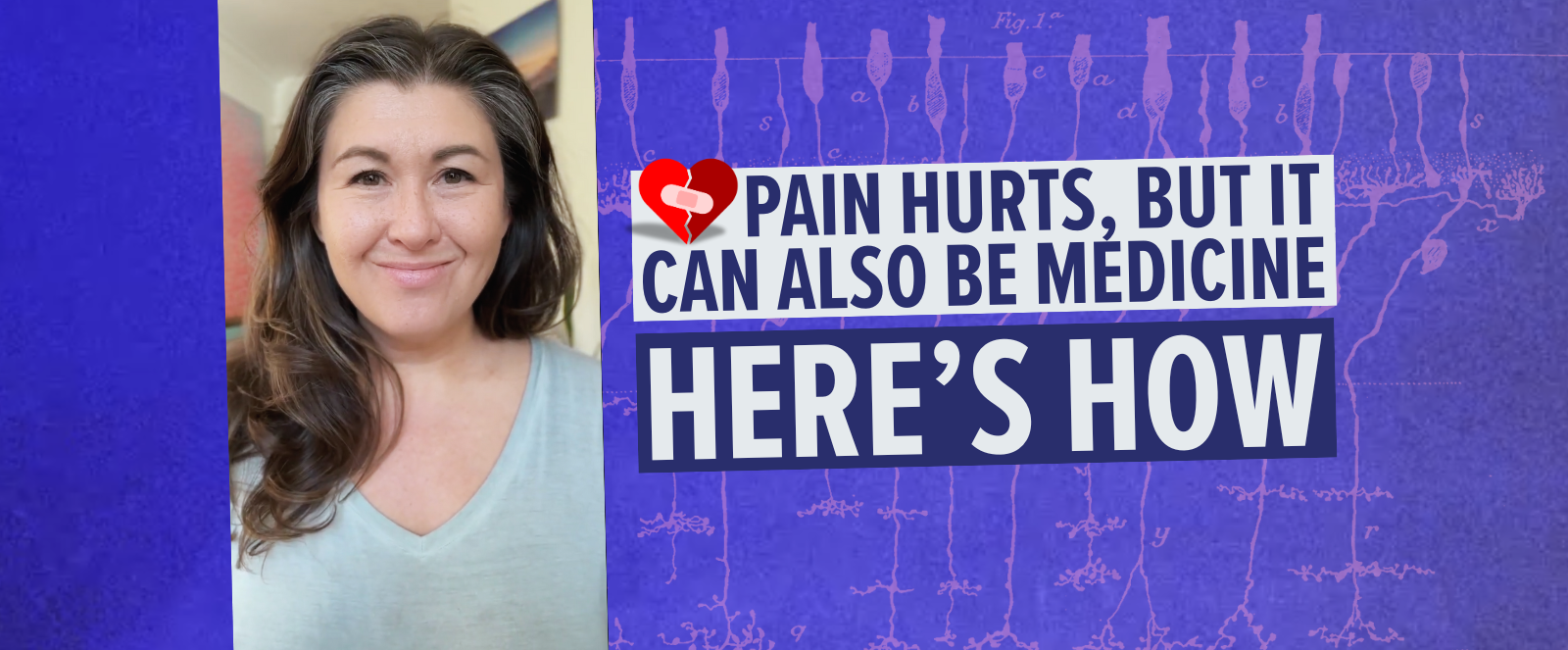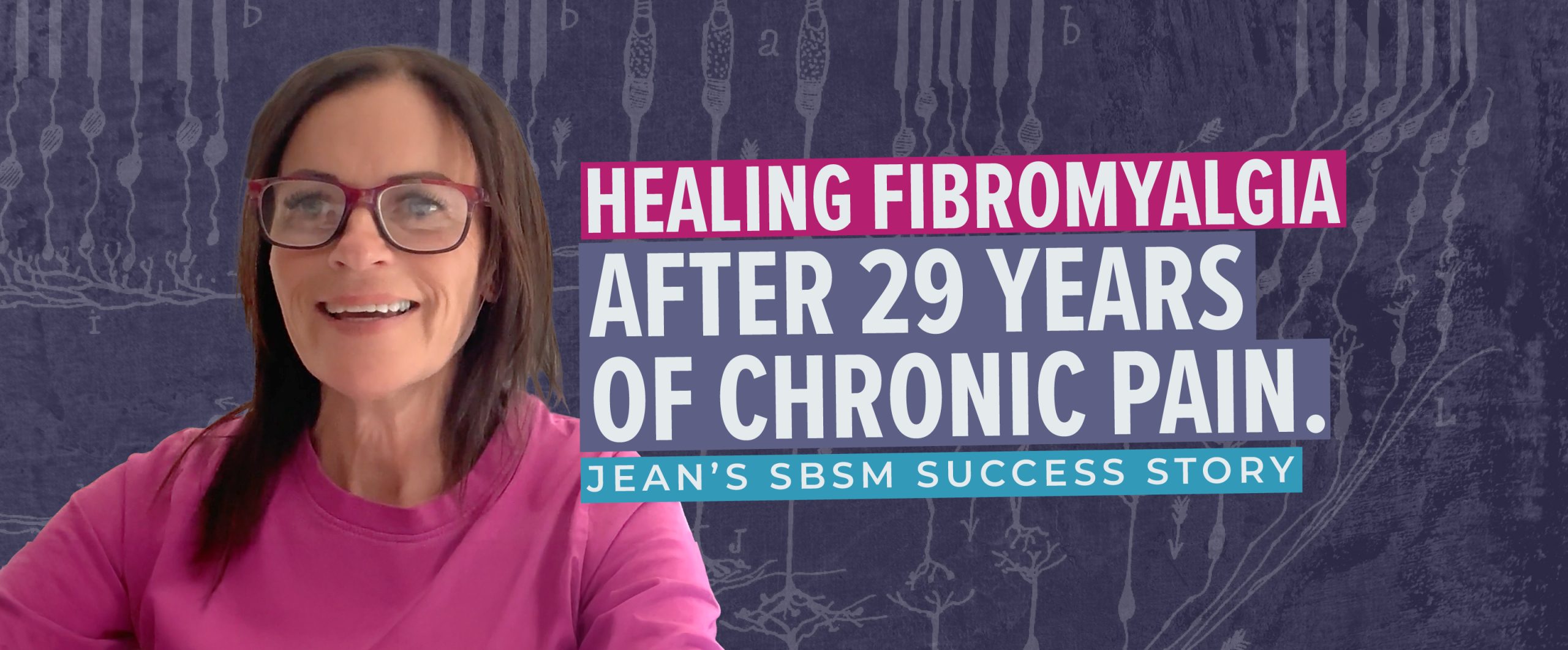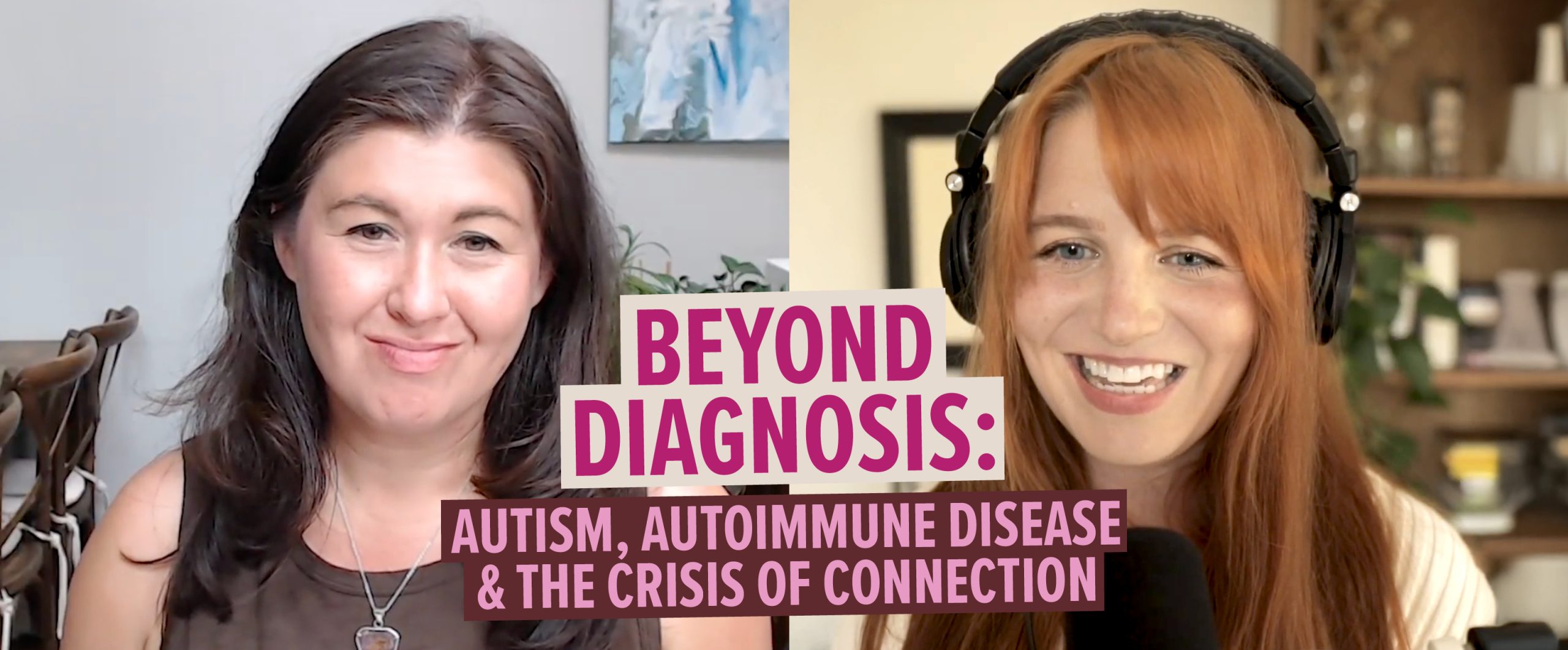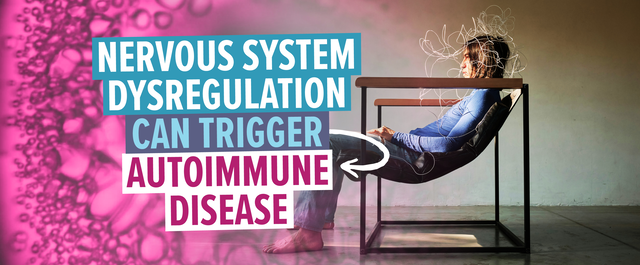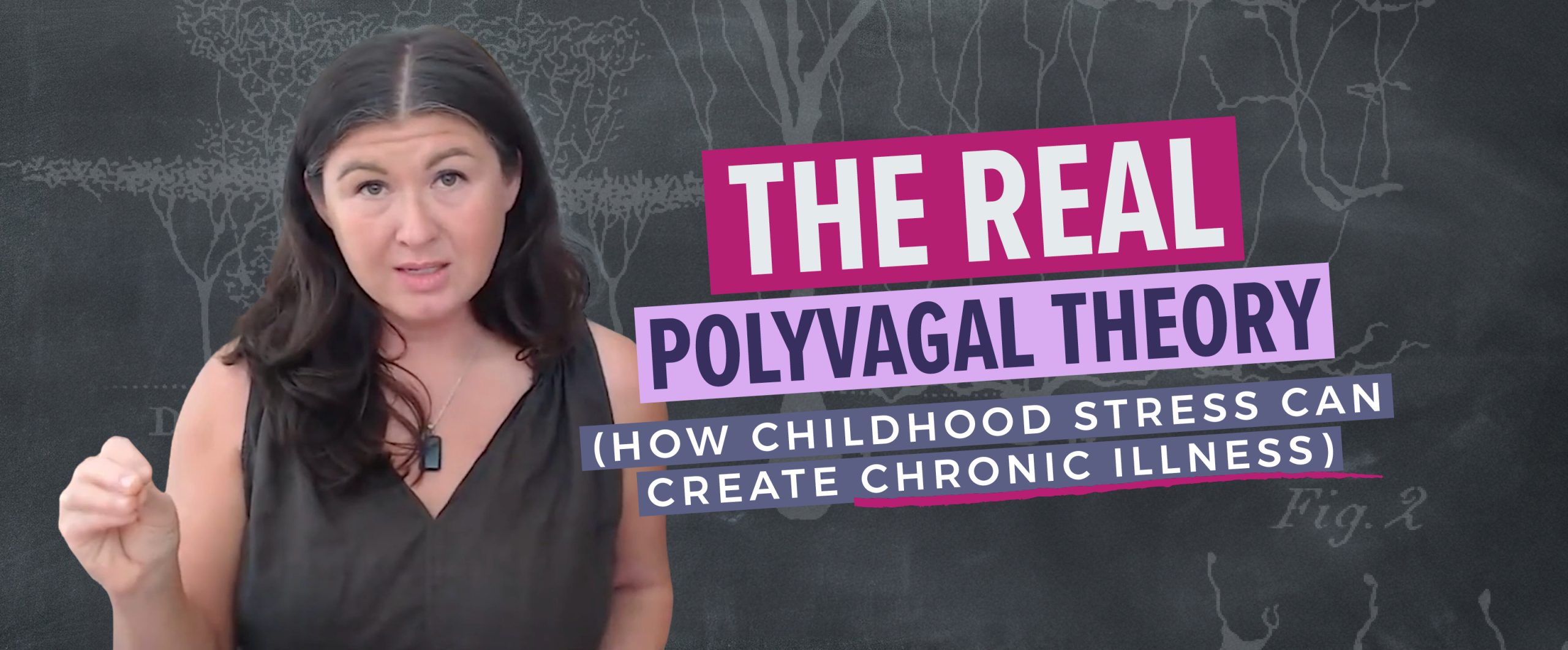Reason # 3 – Physical rehabilitation that does more harm than help.
Usually when we feel pain in our back, more often than not, it is the muscle(s) that scream out to us.
The muscles feel tight, sore, tender and many times, all of the above.
The muscles gets blamed for being weak, rigid and inflexible.
The most obvious approach to this problem is to tackle the muscle.
.
It’s NOT The Muscles’ Fault!
The muscle is simply the area of symptomology. It’s not the source of that pain that is caused by tightness, weakness and rigidity.
The few exceptions when this isn’t true would be if you had an impact directly to the muscle, disrupting the muscles physiology and hence causing pain, bruising, weakness and potential stiffness as the muscle tissue heals and scars. The other would be post-surgery when a muscle, or group of muscles, have atrophied so much that they ache.
The other time a muscle would get stiff and tight would be after intensive exercise. Especially high intensity strength training, or anything that puts a lot of load on the muscle repetitively, and causes muscle tissue to break down.
The difference between muscle soreness (also known as delayed onset muscle soreness) after a good healthy and intense workout routine and the type of muscle soreness that is caused by faulty movement patterns and inefficiency is that the latter never goes away after a period of rest, and usually it is there when you’ve done nothing at all!
.
What About Those Faulty Movement Patterns Anyways?
The degree to which most of us are efficient and properly organized during daily movement patterns – walking, going up stairs, sitting, going from sit to stand, standing, exercising – is far from perfect.
When it comes to relieving all the muscle and joint aches and pains, we always target the area of pain. The problem with this is that you can treat those joints with as much ice as you want, and stretch the heck out of those tight muscles, but…
…until there is a remarkably positive shift towards improving the connection between your brain and body, and then, the connection between your brain, body and how you relate these important elements of self to your environment, nothing will ever change, functionally.
.
How’s A Muscle TO Recover Then?
1) The quality of your movement must be addressed.
Your brain doesn’t know your muscle. Your brain knows your movement patterning and your habits. For your muscle to change its everyday routine, first it must receive a different command from your brain VIA a change in action, or movement pattern. To change the form and make-up of the muscle tissue, you must first change the function. When you can get on this path, then the muscle will do its job properly and efficiently.
2) Tune into how you move in relationship to your environment.
As a kid you learned to move and act and play via your experience with your surroundings. You were NEVER thinking about what muscle to engage and what to relax. You just “DID” based on the actions you needed to do in relationship to your world – awareness was natural and instinctual.
3) Let go of the “metrics” of fitness and physical rehabilitation.
The sets, reps, percentages…all these numbers disconnect you with your body and the quality in which you can sense and be aware of yourself in movement. Rather than say “I’m going to do 20 reps of this exercise”, explore and do the exercise in a way that:
a) Challenges your physiology –> for example maybe you go to the point of muscle fatigue and actually sense your limit naturally.
b) Challenges your reaction times –> for example do it fast, slower, even slower, then really really fast.
c) Challenges how you see the space around you as you do the exercise — > for example allow your eyes and head to move left and right which throws your centre of equilibrium slightly off, leaving your nervous system to adapt.
The ways of playing with this are ENDLESS!
4) Add variety and creativity into your recovery process.
Rather than follow a routine that focuses on the muscle per se, focus on the ACTION and the diversity of movement that is capable within your body. We need continual change in our routines to keep the brain and nerve connections fresh and growing.
.
Are you still doing the same physical rehabilitation routine you were prescribed when you tweaked your back 10 years ago?
Are you still suffering from the same old ailment?
If YES, maybe give your head a gentle shake and nudge and realize that the routine needs some shifting around. There is a very good probability your trusted old routine is actually keeping you injured, stiff and sore.
A recent article I wrote dives deeper into #4 and this idea of movement diversity.
You can read it here if you are interested.
Irene.

